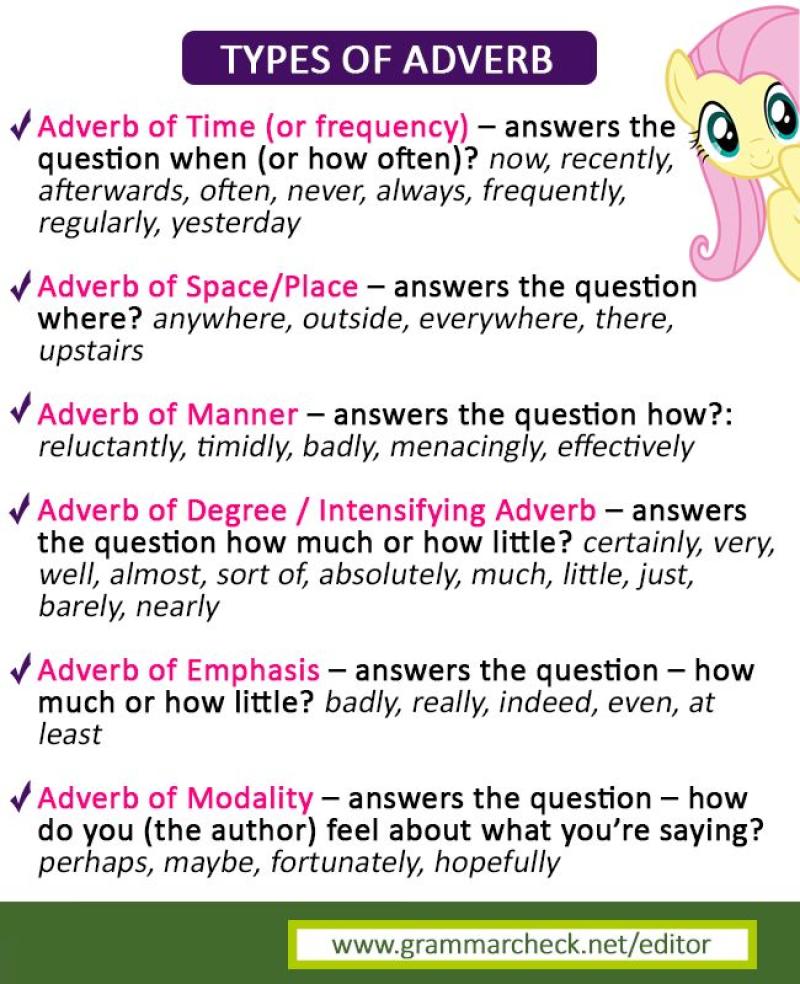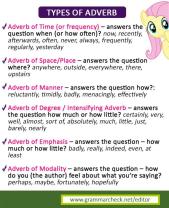What is an elliptical adverb?
An elliptical adverb, in linguistic terms, refers to an adverbial phrase or construction that's truncated or incomplete, omitting certain words or elements that are implied or understood from the context. This omission creates an elliptical structure, where some components are ellipted (left out) but understood based on the context.
Example of Elliptical Adverb:
- Full Sentence: "She works as quickly as he does."
- Elliptical Form: "She works as quickly as he."
In this example, the word "does" is omitted in the elliptical form but is implied from the context. The adverbial phrase "as quickly as he" functions elliptically, where the complete structure would include the verb "does" but is not explicitly stated for brevity.
Characteristics of Elliptical Adverbs:
- Implied Words: Certain elements of the sentence are left out but understood based on the context.
- Brevity and Clarity: Elliptical structures often maintain brevity while retaining clarity in communication.
- Contextual Dependence: Understanding the omitted elements relies heavily on the context or preceding information in the conversation or text.
Elliptical adverbs contribute to more concise and efficient communication by omitting redundant or easily inferable elements, relying on the listener or reader's ability to understand the intended meaning based on the context of the conversation or text.
1. Characteristics of Elliptical Adverbs
Elliptical adverbs are a type of adverb that omits certain words, relying on context to convey their meaning. They are often used to modify verbs or other adverbs, providing additional information about the manner or extent of an action or event.
Key Characteristics of Elliptical Adverbs:
Brevity: Elliptical adverbs are concise and often consist of only one or two words.
Dependence on Context: They rely on context to provide the complete meaning, often drawing from the surrounding words or phrases.
Modification of Verbs or Adverbs: They typically modify verbs or other adverbs, adding nuance or specificity to the action or event.
2. Ellipsis in Adverbs Within Sentences
Ellipsis, the omission of words that can be understood from context, is a common feature of elliptical adverbs. This omission allows for conciseness and adds an informal or conversational tone to writing or speech.
Examples of Ellipsis in Adverbs:
"She walked quickly to the store." (Omitting "as")
"The teacher spoke softly to the students." (Omitting "in a voice")
"He waited patiently for his turn." (Omitting "with patience")
"She smiled warmly at the child." (Omitting "in a warm manner")
"The team played aggressively for the win." (Omitting "in an aggressive way")
3. Common Uses of Elliptical Adverbs
Elliptical adverbs are frequently used in everyday language, particularly in informal conversations and writings. They add informality, conciseness, and emphasis to the conveyed message.
Common Instances of Elliptical Adverb Use:
Describing Actions: They provide details about how an action is performed, such as "quickly," "slowly," "carefully," or "eagerly."
Indicating Manner or Extent: They convey the manner or extent to which something is done, such as "well," "poorly," "much," "little," or "almost."
Expressing Emotions or Attitudes: They reveal the emotions or attitudes associated with an action or event, such as "happily," "sadly," "excitedly," or "nervously."
Adding Emphasis or Nuance: They emphasize or add a touch of nuance to the conveyed meaning, such as "really," "very," "certainly," or "indeed."







